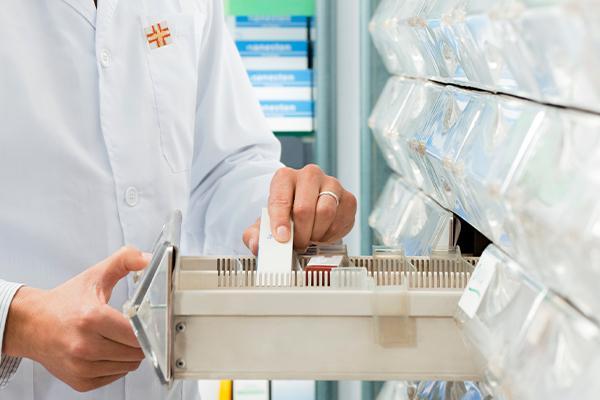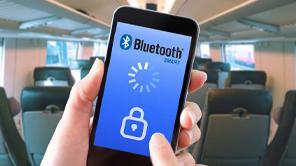Physical Security Solutions for Healthcare Equipment

New regulations for data protection and patient information as mandated by the healthcare industry continue to present challenges for healthcare facilities when it comes to security. Failure to ensure that the medical equipment housing confidential patient records and drugs is adequately protected can result in costly fines and penalties.
Health Information Portability and Accounting Act (HIPAA) Title II Administrative Simplification (AS) provisions have not only resulted in fundamental changes to healthcare operations, they also caused a massive ripple effect among the providers that manufacture equipment for the healthcare industry as well.
HIPAA Security Standards specifically call for enhanced protection of data, which includes:
- Access controls
- Entity authentication
- Encryption
- Alarm
- Audit trail
- Event reporting
Access to wall-mounted charting stations housing computers with patient records must be tightly controlled because they are often located in high-traffic areas. Regulations, and the need to reduce liabilities, also demand that facilities account for access and inventories of pharmaceuticals, blood and other controlled substances that are routinely moved throughout facilities on dispensing carts and trolleys.
In response, healthcare facilities are seeking “intelligent” equipment that will help them meet security and compliance objectives. Equipment manufacturers can help healthcare facilities create a layered security web by offering products that incorporate intelligent locking mechanisms that also can be integrated with their existing building security systems.
Electronic Access Solutions for Equipment Security
Traditional physical security solutions include mechanical locks with different keying options, some of which allow multiple key codes for added security. With the need for greater security clearly defined by HIPAA, equipment manufacturers are turning to electronic access solutions (EAS). These solutions eliminate the complexity of managing multiple mechanical keys and can monitor access by creating an audit trail – in essence, an electronic “signature” – that can be monitored locally or remotely and aid in meeting compliance requirements.
The electromechanical lock or latch (EML), such as Southco’s R4-EM Electronic Rotary Latch, is the heart of an electronic access system. The R4-EM can be operated from a variety of access control devices ranging from stand-alone keypads to fully networked proximity card or biometric fingerprint systems (see table above). Combining an EML with an access control device provides an additional layer of security for healthcare equipment. The compact design of the EML occupies minimal space when mounted within the enclosure’s interior, providing a clean, tamper-proof exterior appearance.
Many EMLs are also compatible with existing building security access control systems. Keeping all or part of an existing system can significantly contain costs for the healthcare facility considering new or replacement equipment.
How Electronic Access Works
Each time an electronic access-enabled enclosure opens or closes, a signal is sent to a monitoring system to confirm and log access. Electronic access solutions, however, can provide more than just simple open/closed information. Depending on the configuration, EAS reporting can provide additional data such as:
- Which credential was used to activate the EML
- The time and duration of the event
- If the access was activated electronically or mechanically
This audit trail can be used to forensically reconstruct a series of events in the event of a security breach.
Electronic locking systems also allow manufacturers to avoid the limitations and space requirements they face when installing a traditional locking system. Rather than depend on mechanically connected rods or cables to actuate the system, independent latch points can instead be actuated from a single electronic source. Serving as both a locking/latching device and intelligent access interface, an electromechanical latch offers a full range of retrofit options for healthcare facilities to update the security and control of existing medical cabinetry and enclosures.
Benefits of Electronic Access
- Incorporating Southco’s electronic access solutions into healthcare equipment offers a variety of benefits to the healthcare facility. These benefits include:
- EAS eliminates physical key management issues. With an electronic access system in place, electronic credentials can be easily added or subtracted from the authorized access list, eliminating key distribution. Updates can easily be made from a single remote location.
- EMLs can be installed without visible access points. Enclosures or equipment with fully concealed electronic locking or latching mechanisms are demonstrably less vulnerable to direct attack because they provide no visible attack point.
- EML activation can be networked with other security devices. Electronic locks can communicate with one or more particular security video cameras or other protective devices. This capability can expand the scope and capabilities of a security network.



